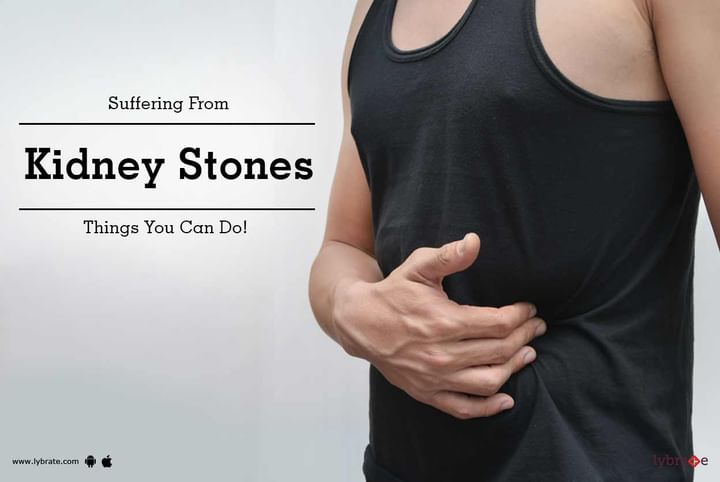Suffering From Kidney Stones - Things You Can Do!
There is a rich concentration of minerals in the kidneys, and when there is no sufficient medium to clear it out, these can form small crystals within the urinary tract and can settle anywhere along the urinary tract. Stones can, therefore, be found in any part of the kidney and the ureters, which connect the kidney to the bladder.
The pain that is associated with kidney stones is very diagnostic. It includes a sharp shooting pain in the back of the abdomen, on either side of the spine. Kidney stones tend to be recurrent, and so patients who have had an episode would be able to tell when they have kidney stone pain.
When the size of the stone is less than 4 mm, it is usually passed through urine and eliminated from the system. However, if it is more than that, shock waves are used from an external source to break the bigger stones into smaller ones, which then get eliminated from the body through the kidneys on their own.
Ways to manage kidney stones
Immediate relief measures would include intravenous injections of pain relievers, which will help in getting rid of the pain. An additional shot may be required after a while for people suffering from severe pain. Also most people present with severe nausea and vomiting may require anti-emetics for the same. When being sent home, they may be given these medications to be continued at home.
Once you are home, the doctor may ask you to drink lots of water (up to 3 liters of water) and strain the urine to collect the stone as it is passed. The urine turning colourless is an indication that the water intake is adequate. If there is any colour in the urine, water intake should be increased.
Immediate admission to the hospital may be required in the following conditions:
- In people with one kidney where the stone has already come down to the ureter
- Pregnancy
- Persistently high fever of up to 104 with shaking and chills
- Elderly people, greater than 60 years of age
- Severe dehydration and vomiting
- No improvement of symptoms after an hour of treatment
Larger kidney stones would be removed by one of the following methods:
- Extracorporeal shock wave lithotripsy (ESWL): This is the most common mode of treatment, where shock waves are used to break down the stones into smaller segments, which are then passed out through the urine.
- Ureteroscopy: This involves passing a tube from the urethra all the way up to the bladder to retrieve the stone.
Open surgery in people where the above measures are not feasible. If you wish to discuss about any specific problem, you can ask a free question.



+1.svg)
